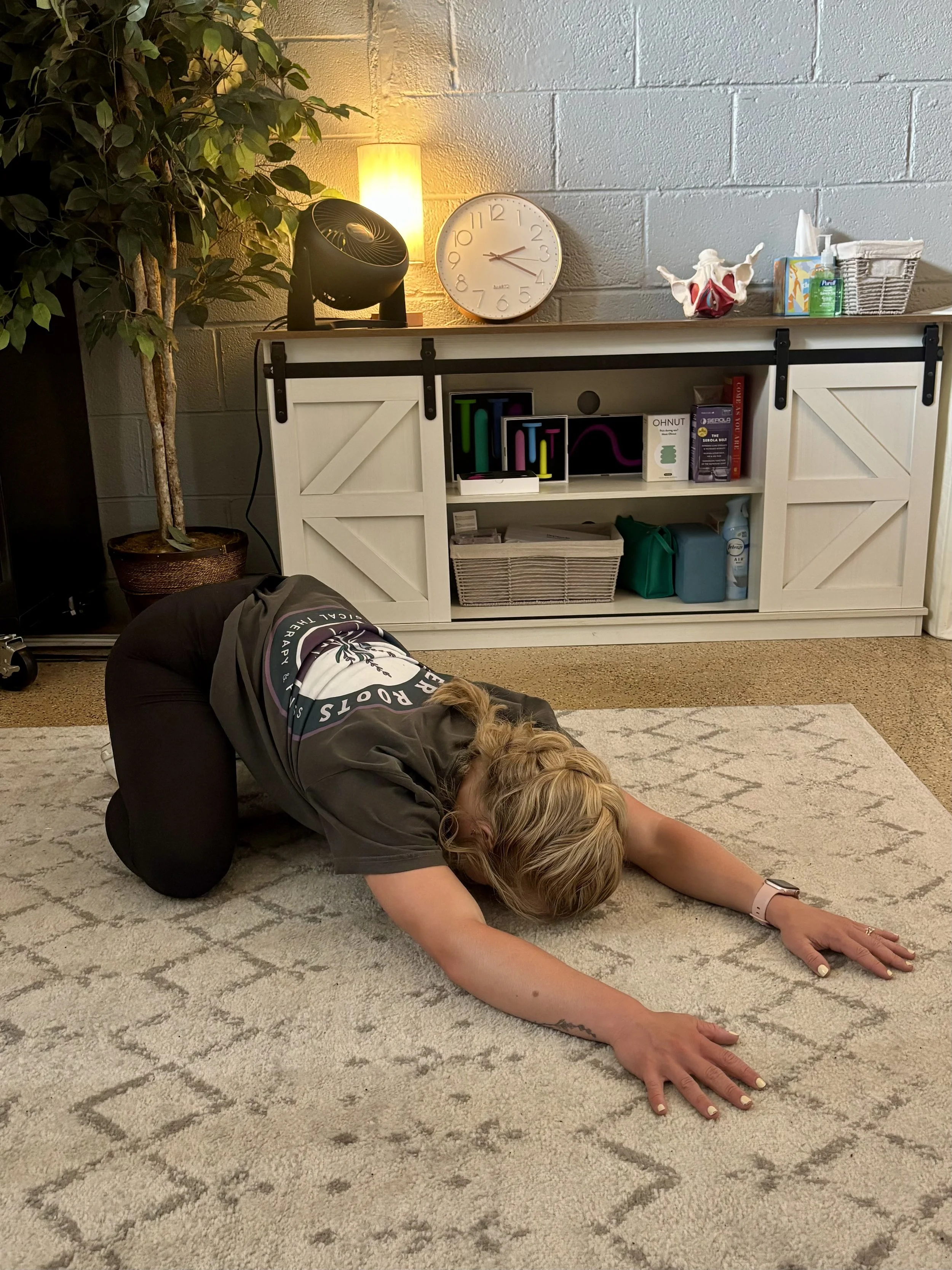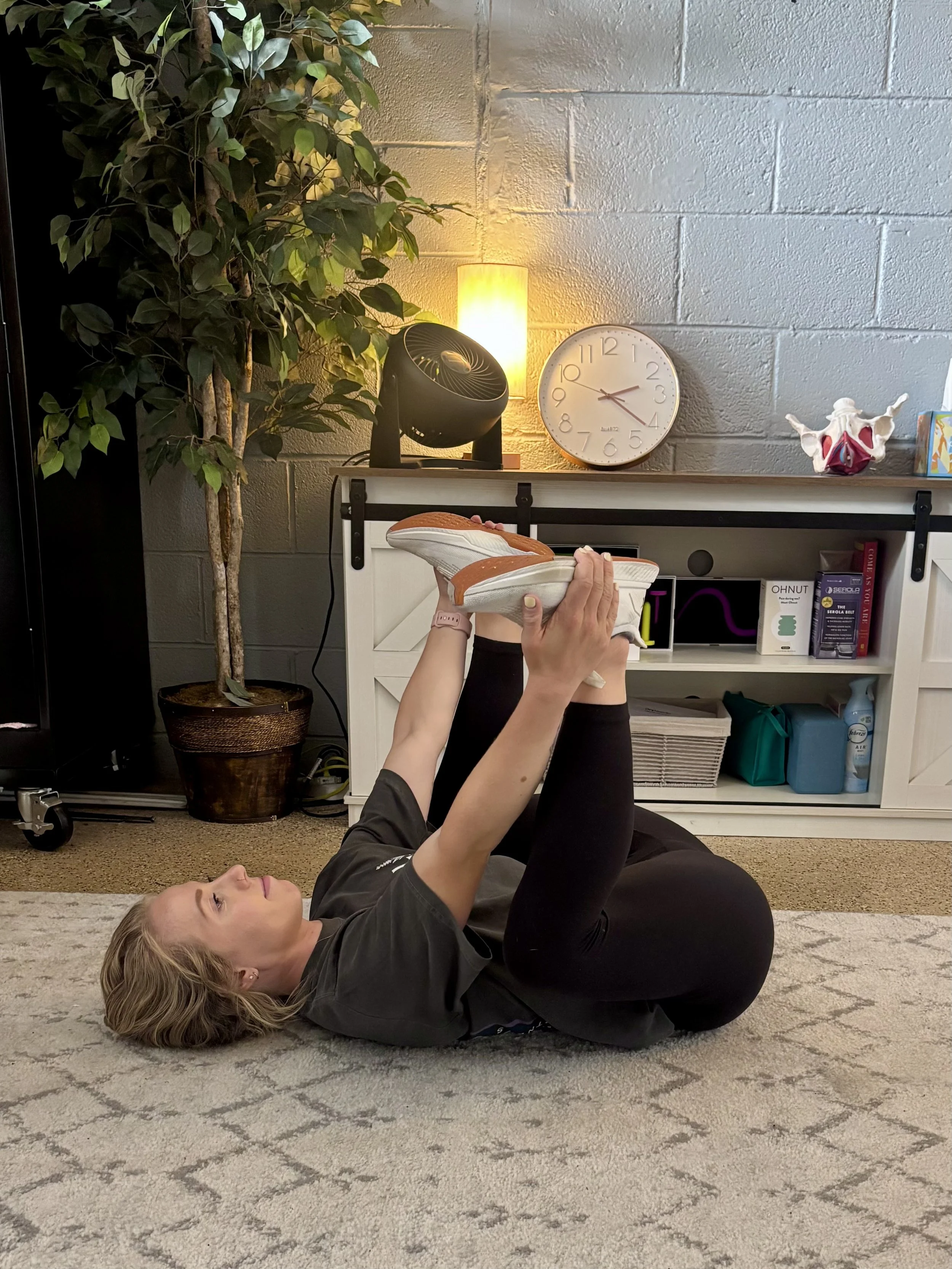Why You Should Do Pelvic Floor PT Before Having a Baby
Many people know that pelvic floor physical therapy can be helpful for recovery after having a baby. However, fewer realize the significant benefits of seeing a pelvic floor therapist before delivery. Checking in with a pelvic floor PT during pregnancy can help ensure you're exercising safely, preparing for birth, and decreasing the risk of complications during delivery.
What Does the Pelvic Floor Have to Do with Pregnancy?
The pelvic floor is a group of muscles at the base of the pelvis that support our pelvic organs and surround the vagina, urethra, and rectum. These muscles work much harder during pregnancy due to the weight of the growing baby, making this a common time for pelvic floor dysfunction to arise.
Even more impressively, the pelvic floor muscles must stretch over 300% of their resting length during delivery! That’s why it’s important for pregnant individuals to ensure their pelvic floor muscles are not only strong enough to support a growing baby, but also flexible enough to allow for a smoother delivery with a reduced risk of tearing.
A pelvic floor PT can assess both the strength and flexibility of these muscles to help you prepare for birth and reduce your chances of postpartum issues such as leakage, pain, prolapse, and more.
How Can I Make Sure My Pelvic Floor Is Strong Enough to Support Pregnancy?
During pregnancy, it’s important to stay (or become!) active and strong. Full-body strength training helps support your core and pelvic floor, which can reduce common pregnancy-related pains like low back pain, hip pain, and pelvic discomfort.
Pelvic floor physical therapists are trained to ensure you’re exercising safely. They can guide you in modifying exercises as certain movements, weights, or intensities become more difficult or uncomfortable.
Your pelvic floor muscles should be strong enough during pregnancy to provide the support your body needs. A pelvic floor PT can help ensure you know how to properly contract and relax these muscles throughout your pregnancy.
How Can I Make Sure My Pelvic Floor Can Stretch Enough During Birth?
By the third trimester, the focus shifts from strength to relaxation and stretchability. After all, your baby has to pass through these muscles!
Pelvic floor physical therapists can use manual techniques to help release tension in tight muscles and teach you how to relax your pelvic floor effectively. They can also provide birth prep strategies you can continue practicing at home.
What Are Some Good Pelvic Floor Relaxation Exercises I Can Try at Home?
Here are a few of my favorite exercises to help stretch and relax your pelvic floor muscles. These are great to include in your daily routine as you begin preparing for birth:
Child’s Pose
Start on hands and knees and relax your hips back towards your heels.
If you need more space for your belly, prop up pillows under your chest and under your hips.
Focus on deep breathing and relaxing into this position.
Happy Baby
Lie on your back and grab either under your knees or your feet.
Focus on relaxing your hips and taking deep belly breaths.
Deep Yogi Squat
Start with your feet in a wide stance, and sink down into a deep squat.
You can hold onto a table or relax your upper body on a couch/bed if that is more comfortable for you.
You should feel a stretch in your inner hips, and focus on taking deep breaths here.
Pelvic floor PT is a personal journey and will look different for every patient based on their unique needs. If you’re pregnant, I highly recommend checking in with a pelvic floor PT if you’re experiencing pregnancy-related pain, urinary symptoms, or feelings of heaviness or pressure in the pelvis.
If you’re not experiencing any of these symptoms, great! I still recommend checking in around 32–34 weeks to assess your pelvic floor’s ability to contract and relax, and to establish a personalized birth prep plan. Doing so can help you optimize your postpartum recovery and overall experience.
If you want to work with Lavender Roots for pelvic floor PT, contact us or schedule an appointment today!




